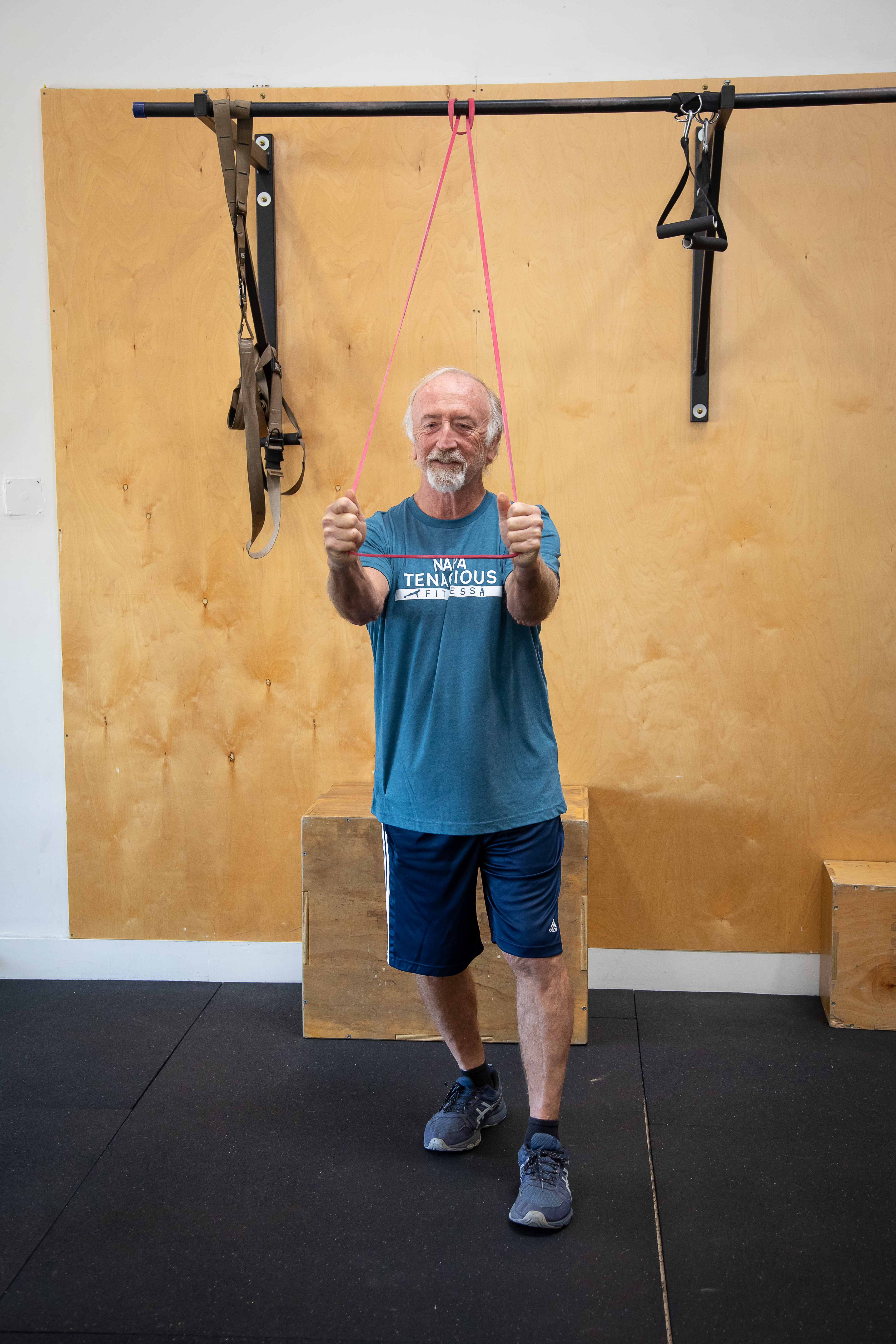The other day, I talked with a few friends at Napa’s new Las Flores pickleball courts. Tyler was sixty-five years old and Todd was forty years old. They knew of my trade as a professional in the fitness industry and asked what I was doing there. I told them I wanted to get some much-needed exercise after a long day’s work. We all related that playing a few pickleball games is a safe and effective workout. After a bit of buffoonery and telling jokes, we chatted about some of the other recreational physical activities we loved to do.
Golf, surfing, and paddle boarding all came up. Todd mentioned, “Man, after a few injuries and getting old, I notice that things don’t heal as fast after I head out to play.” Tyler, who was twenty years older than Todd, added, “Tell me about.” Todd quickly elbow-jabbed Tyler in the side, followed by a brief chuckle.
After a momentary pause, they both looked at me as if waiting for me to add something to the topic of maladies that cause physical pain while participating in physical activity hobbies. I said, “When’s the next time you’ll be on the court.” A new conversation about our love of pickleball ensued, and the commiseration of injuries quickly subsided.
It’s easy to relate to the aspects of life that challenge us. As humans, we seem to focus on things that need to be fixed rather than the positive accolades we’ve already accomplished and the positive events on the horizon we are looking forward to. In the case of Tyler and Todd, the effect of injuries and age was a remnant of history that might have affected their physical activity performance. To their credit, after a brief note of the suboptimal feelings of the pain their bodies were experiencing from previous injuries and age-related joint pain, they redirected the topic of why all of us were in the same place outside of a pickleball court. We all wanted to focus on the next logical step for us instead of commenting on our physical pain. In this case, the next logical step was having fun and exercising.
Adhering to exercise programs and rigorous physical activity for improved health can be challenging. Lack of time, loss of interest, and fear of hurting oneself further are common feelings of apprehension. However, if we can focus on the “best next step is to progress our health further,” we can hone in on why we are exercising to make a more attainable task for the day. For some, exercise is a tool to lose unwanted weight, recover from a previous injury, or fend off the long-term effects of metabolic disease. In the case of the three recreational athletic fellows, sixty-five-year-old Tyler, forty-five-year-old Todd, and under-forty-year-old me, our next logical step was to get out and move so we could have fun. If we want to ensure we can get out on the courts to run around to hit a perforated by while telling jokes to each other, we need to comply with an exercise routine so our bodies can support our performance.
Consistently sharing our problems with others around us is akin to discussing how a shoe in a dryer circles around and randomly bounces around repeatedly until the drying cycle is complete. Sharing experiences that aren’t perfect can become a mundane and stale topic. There’s always going to be some theme in life that doesn’t necessarily work out how we want it to happen. So, why share the issues in our life that will circle back and present themselves in another way? Instead of highlighting a problem to our friends, family, or peers, perhaps we can share our “next logical step” to progress toward why we are participating in something that gives us joy in life.
Sean McCawley, the founder and owner of Napa Tenacious Fitness in Napa, CA, welcomes questions and comments. Reach him at 707-287-2727, napatenacious@gmail.com, or visit the website napatenaciousfitness.com.

